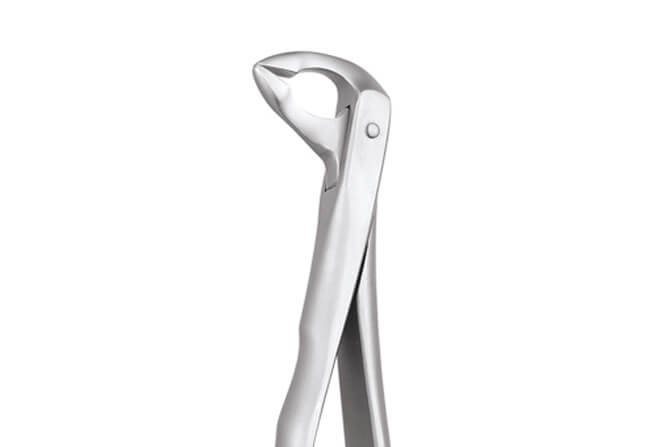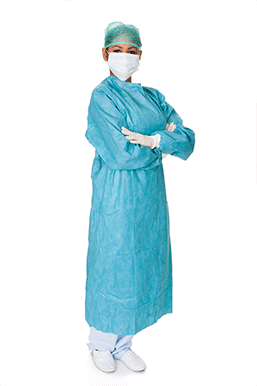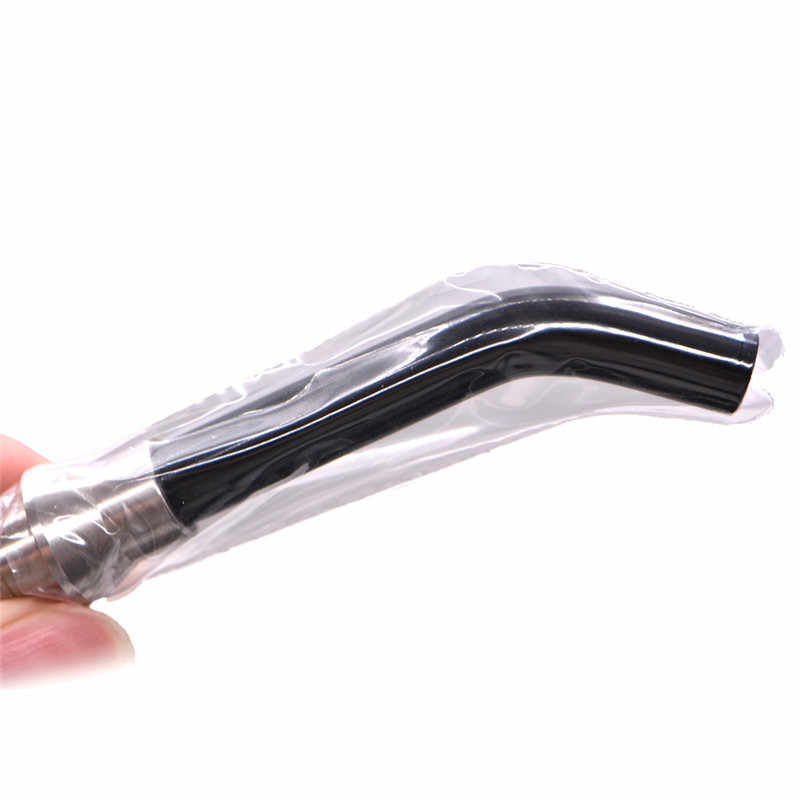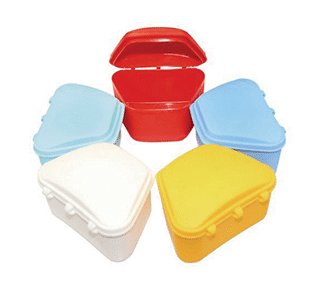GDC Extraction Forceps Lower Roots – 974.00 Secure (Sfx974.00)
10 in stock
Extraction Forceps
$19.38 $28.13
10 in stock
Tooth Extracting forceps are used to extract tooth designed for use in specific areas of the mouth.
The beak is shaped to conform snugly to the contour of the tooth. This makes it easier to reach different teeth effectively.
Dental forceps handles are shaped so that a maximum amount of force can be applied to the beaks,
while the handles are still in a comfortable position for the oral surgeon.
GDC Extraction Forceps Lower Roots – 974.00 Secure (SFX974.00) is ideally used in the extraction of mandibular root stumps from the dental alveolus (socket) in the alveolar bone.
- Type: Dental Tooth Extraction Forcep
- Category: Oral Surgery
- Material: Stainless Steel
- Disposable / Reusable: Reusable
Features
- Made of high-grade Stainless Steel
- Easy to use
- Thin anatomic ends
- Ergonomic Design –
- handles – Better Grip
- Sharp Rounded Beaks – Better Adaptation to the root surface
- Cut PDL easily
- Large handles – Better Operator fit
- Concave Inner Surface to fit the root
- Close Fitting Forcep Blades – spread the load evenly
- Corrosion Resistant – Passivated
Directions to use
Maxillary forceps must be held in a ‘palm up’ position and mandibular forceps must be held in a ‘palm down position.
These forceps majorly apply five different motions.
- Apical pressure: With the force in this direction, the tooth movement is minimal in the apical direction; however, the socket expands
due to the insertion of beaks in the periodontal ligament space. Also, the center of rotation of the tooth displaces apically, resulting in less amount of force at the apical portion of the root preventing it from getting fractured. - Buccal/Labial pressure: This results in expansion of the buccal cortical plate, specifically at the crest of the ridge. However, at the same time,
it results in lingual apical pressure. However, excessive pressure must be avoided to prevent fracture of the buccal bone and the apical portion of the root.
- Palatal/Lingual pressure: Similar to the buccal/labial pressure, but in opposite direction aiming in the expansion of lingual cortical plate.
- Rotational pressure: Here the tooth is rotated resulting in internal socket expansion and tearing of periodontal ligaments. This force must only be
applied to the teeth with single and conical roots. Teeth with multiple or dilacerated roots are prone to fracture on the application of this force.
- Tractional forces: This delivers the tooth out of the socket. This force should be gentle and the tooth should not be pulled out of the socket.
However, if excessive force is required, other maneuvers must be carried out to improve luxation.
For mandibular extraction
- Regarding the chair
- the patient should be positioned in a more upright position so that when the mouth is opened wide, the occlusal plane is parallel to the floor.
- The chair should be higher for the extraction of mandibular teeth.
- A properly sized bite block should be used to stabilize the mandible when extraction forceps are used.
- Even though the surgeon will support the jaw, the additional support provided by the bite
block will result in less stress being transmitted to the jaws. - Care should be taken to avoid using too large a bite block because large ones can
overstretch the TMJ ligaments and cause patient discomfort. - Typically, pediatric bite blocks are the best to use, even in adults.
- During removal of mandibular right posterior teeth the patient’s head should be turned acutely toward the surgeon to allow adequate access
to the jaw - The surgeon should maintain the proper arm and hand positions.
- When removing teeth in the anterior region of the mandible






There are no reviews yet.